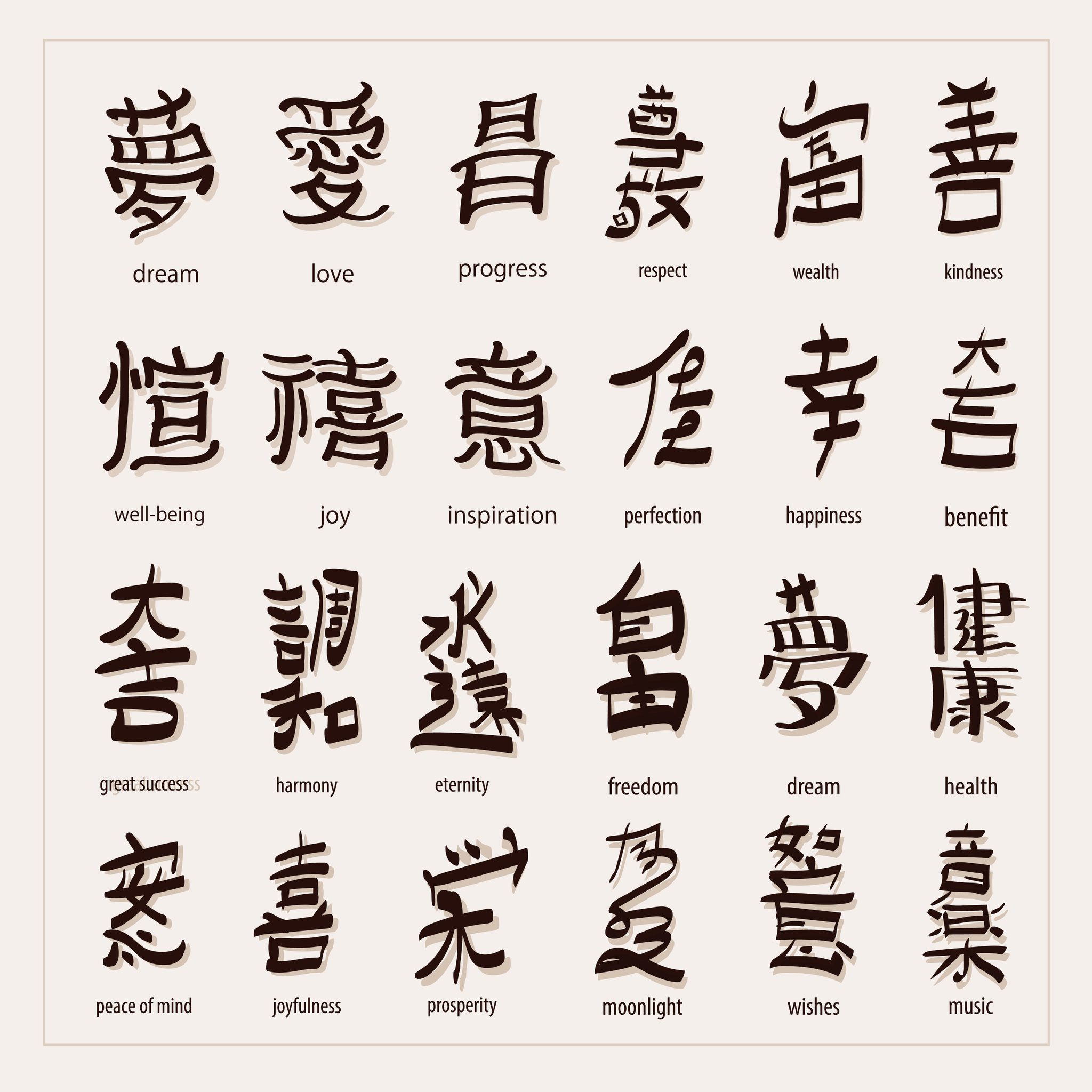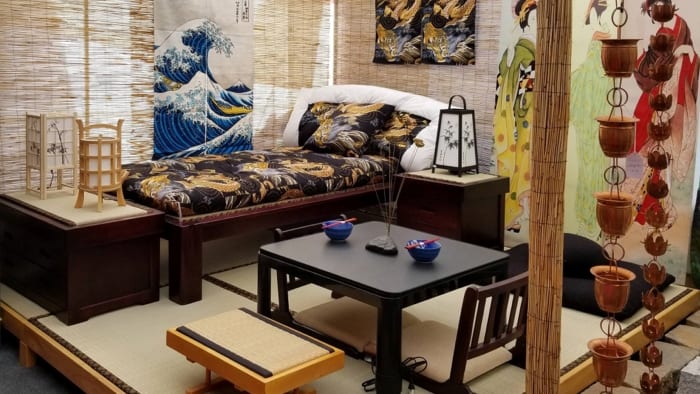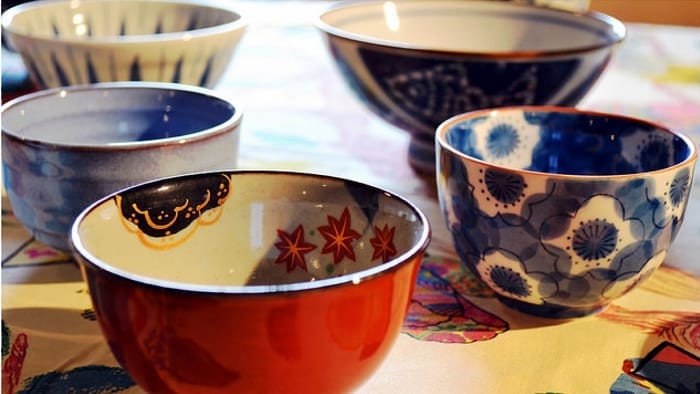Like most New Year’s Day celebrations, the Japanese New Year is celebrated following the Gregorian calendar every January 1st. However, the original celebration was really in line with the New Year celebrations of other Asian countries like China, Korea, and Vietnam. But no matter how similar the dates are, it is undeniable that the Japanese New Year is a celebration unlike any other.
Japanese New Year has been celebrated since the Meiji period. This celebration has become so unique and extraordinary, thanks to the rich Japanese cultural practices and traditions. If you are interested in experiencing Japanese culture this coming New Year’s Eve, you might be interested in reading these few tips.
Little Things About Japanese New Year Celebration
Decorations
A new year signifies a brand new start, and the Japanese love welcoming this new beginning by cleaning the house and decorating them with ornaments made out of pine, bamboo, or plum trees. These types of ornaments signify longevity and prosperity in Japanese culture. Hence, they are ideal to use for New Year.
A good example of a traditional Japanese New Year decoration is a “kadomatsu.” A “kadomatsu” is a traditional Japanese decoration made from bamboo, pine, and sometimes, ume tree springs. They are placed in front of homes to welcome and honor the ancestral spirits of the harvest. This decoration is usually placed outside of homes after Christmas until January 15.
Another Japanese decoration you should know about is called a “kagami mochi,” which means “mirror mocha rice cake.” It is a decoration placed in various places inside the houses from the end of the year to January 11. This decoration consists of rice harvested in the fall of the same year. It is believed that it contains rice spirit – a deity that visits homes during New Year to bring about a good harvest and life.
Traditional Japanese New Year food
During this season, the Japanese prepare a variety of foods. They have a toshikoshi soba (buckwheat noodles), osechi ryori (box or bento containing special dishes), otoso (sweetened rice wine), and ozone (soup with mochi). The noodles represent longevity, while the osechi ryori is a box of dishes that vary from region to region in Japan.
Entertainment
Japanese New Year’s celebration consists of different forms of entertainment, from games to watching television shows. Some of the prevalent Japanese games would be hanetsuki (Japanese badminton), karuta (card game), and takoage (kite flying). However, due to the changing times, these games are played less and less. They are replaced with TV watching as their new form of entertainment.
During these times, the common Japanese shows would be Japanese music shows, consisting of famous J-pop artists and enka singers. People in Japan generally create year-end specials for these kinds of occasions as a special edition to regular shows.
Visiting a shrine
In Japan, it is customary to visit shrines or temples during New Year’s Day. During these visits, people ring large temple bells to relieve themselves of their sins from the past year. And to renew their minds in preparation for the New Year ahead.
Japanese New Year’s Day celebration is quite different from what we are accustomed to doing. This wonderful event, but it doesn’t have to be frustrating. With an open mind and the right people, you can make your authentic Japanese New Year experience a heavenly one.



